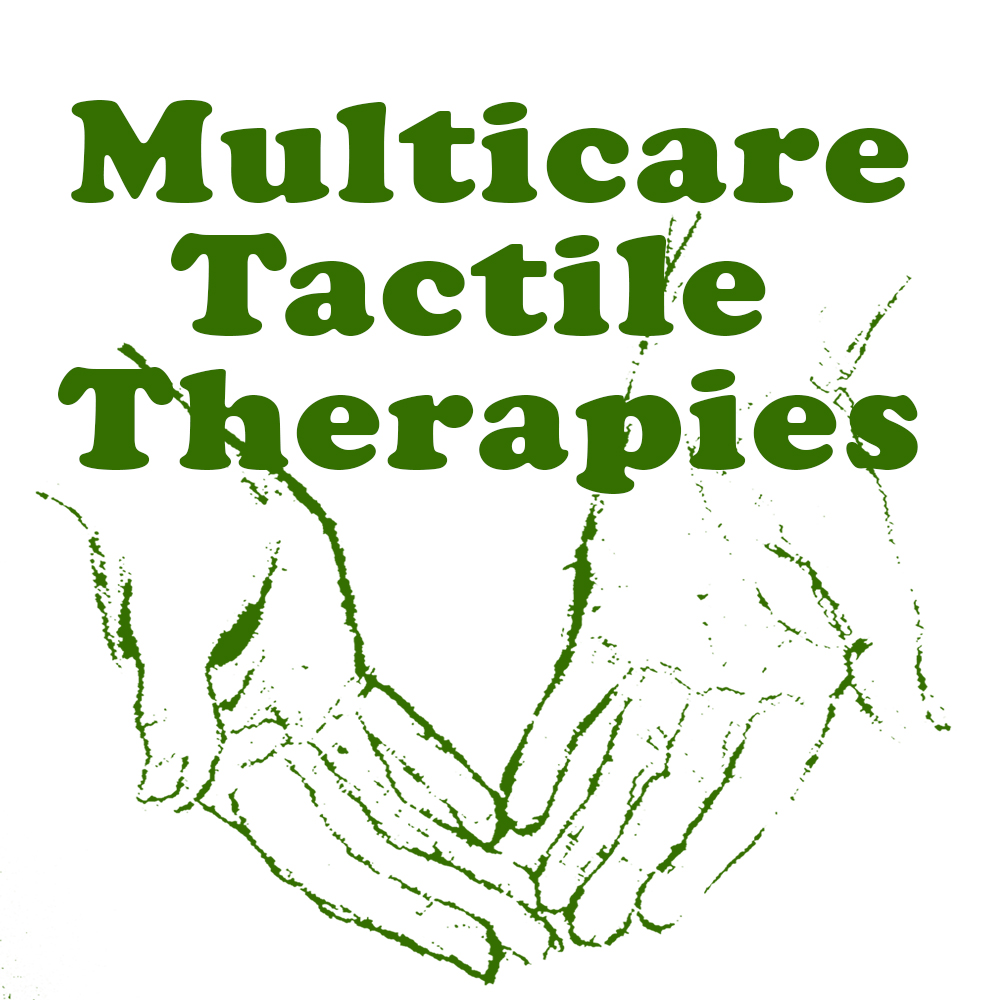Introduction
Shoulder pain is a prevalent issue that can affect people of all ages. From athletes to office workers, it’s a shared experience, with nearly everyone encountering some form of shoulder discomfort at some point in their lives. The shoulder, being a complex joint that allows for a wide range of motion, is particularly susceptible to injury and strain.
In this article, we’ll explore the causes, symptoms, and effective treatment options for shoulder pain, providing you with the information you need to manage and prevent discomfort.
Understanding Shoulder Pain
The shoulder joint is made up of several components, including bones, muscles, tendons, and ligaments. Due to its complexity, it is prone to various conditions that can result in pain. Common causes of shoulder pain include:
- Rotator Cuff Injuries: The rotator cuff is a group of muscles and tendons that stabilize the shoulder joint. Injuries to the rotator cuff, such as tears or strains, are a leading cause of shoulder pain, particularly in athletes or those who perform repetitive overhead movements.
- Tendinitis: Tendinitis occurs when the tendons around the shoulder joint become inflamed. This condition is often caused by repetitive stress or overuse of the shoulder, particularly in sports or activities that involve frequent lifting or throwing.
- Bursitis: Bursitis is the inflammation of the tiny, fluid-filled sacs (bursae) that cushion the shoulder joint. When these sacs become irritated, it can lead to pain and limited shoulder movement.
- Frozen Shoulder: Frozen shoulder, also known as adhesive capsulitis, is a condition where the shoulder becomes stiff and painful due to the thickening and tightening of the connective tissue around the joint. This condition often develops gradually and can severely limit shoulder mobility.
- Shoulder Impingement: Impingement occurs when the shoulder blades press on the rotator cuff tendons, causing pain and inflammation. This condition is common in individuals who perform repetitive overhead activities, such as painters or swimmers.
- Arthritis: Osteoarthritis and rheumatoid arthritis can affect the shoulder, leading to pain, stiffness, and reduced range of motion. Arthritis in the shoulder is typically caused by the breakdown of cartilage, leading to inflammation and discomfort.
- Dislocated Shoulder: A dislocated shoulder occurs when the upper arm bone pops out of the shoulder socket. This is a common injury in contact sports and can result in intense pain and instability in the shoulder.
Symptoms of Shoulder Pain
The symptoms can vary depending on the underlying cause. Common symptoms include:
- Sharp or Dull Pain: Pain in the shoulder can range from a sharp, stabbing sensation to a dull, constant ache.
- Limited Range of Motion: Shoulder pain often makes it difficult to move the arm, particularly when lifting it overhead.
- Weakness: Weakness in the shoulder or arm may accompany shoulder pain, making it difficult to perform tasks like lifting objects.
- Stiffness: Shoulder stiffness is particularly common with conditions like frozen shoulder or arthritis, making it difficult to move the joint.
- Swelling and Tenderness: Inflammatory conditions like tendinitis or bursitis may cause swelling and tenderness around the shoulder joint.
If shoulder pain is accompanied by numbness, tingling, or severe weakness, it’s essential to seek medical attention. Your health and safety are paramount, and these symptoms could be signs of a more severe injury. Seeking prompt medical care ensures you’re in good hands and on the path to recovery.
Risk Factors for Shoulder Pain
Certain factors increase the risk, including:
- Age: As we age, the risk of developing conditions like rotator cuff tears and arthritis increases.
- Occupation or Sports: Jobs or sports that involve repetitive shoulder movements, such as construction work, painting, tennis, or swimming, increase the risk of shoulder injuries.
- Poor Posture: Slouching or hunching forward can lead to imbalances in the muscles around the shoulder, increasing the likelihood of pain and injury.
Effective Treatments for Shoulder Pain
The good news is that there’s a diverse range of effective treatment options. Depending on the severity and cause of the pain, treatment can vary from simple at-home remedies to more advanced medical interventions. This variety ensures that there’s a suitable solution for every individual’s unique situation, providing hope and reassurance in managing shoulder pain.
- Rest and Ice Resting the shoulder and applying Ice can help reduce inflammation and relieve pain, particularly in the case of minor injuries like sprains or strains. Ice should be used for 15 to 20 minutes at a time, several times a day.
- Physical Therapy Physical therapy is an essential part of the treatment for many shoulder conditions, especially those involving the rotator cuff. A physical therapist can guide you through exercises to strengthen the muscles around the shoulder, improve flexibility, and restore range of motion.
- Pain Relievers Over-the-counter pain relievers, such as ibuprofen or acetaminophen, can help alleviate shoulder pain. In some cases, doctors may prescribe stronger medications or corticosteroid injections to reduce inflammation and provide longer-lasting pain relief.
- Stretching and Strengthening Exercises Specific exercises can help improve shoulder flexibility and strength. Stretching the muscles in the shoulder and surrounding areas can reduce stiffness and improve mobility. Strengthening exercises targeting the rotator cuff and upper back muscles can help support the shoulder joint and prevent future injury.
- Corticosteroid Injections If shoulder pain is severe or doesn’t respond to more conservative treatments, a doctor may recommend corticosteroid injections. These injections help reduce inflammation and provide relief for conditions like tendinitis or bursitis.
- Surgery In more severe cases, such as with large rotator cuff tears or chronic shoulder instability, surgery may be necessary. Surgical options may include:
- Arthroscopic Surgery: A minimally invasive procedure where small incisions are made to repair damage within the joint.
- Shoulder Replacement Surgery: In cases of severe arthritis or joint damage, the shoulder joint may be replaced with an artificial one.
Preventing Shoulder Pain
Prevention involves taking steps to reduce the risk of injury and maintain shoulder health. Some tips for avoiding shoulder pain include:
- Maintain Good Posture: Keeping your shoulders back and maintaining good posture throughout the day can help prevent muscle imbalances and strain.
- Exercise Regularly: Engaging in regular strength training and flexibility exercises can help keep the shoulder muscles strong and reduce the risk of injury.
- Avoid Repetitive Movements: If your job or sport requires repetitive shoulder movements, be mindful of taking breaks and using proper techniques to avoid overuse injuries.
- Warm-Up Before Activity: Warming up the muscles before physical activity can help prevent strains and sprains.
Conclusion
Understanding the causes and symptoms of shoulder pain is a crucial step in taking control of your health. It empowers you to find the proper treatment and prevent further injury. Whether it’s through rest, physical therapy, or medical interventions, there are plenty of options to manage and relieve it effectively. By taking proactive steps to strengthen and protect your shoulders, you can maintain joint health and prevent future discomfort.


